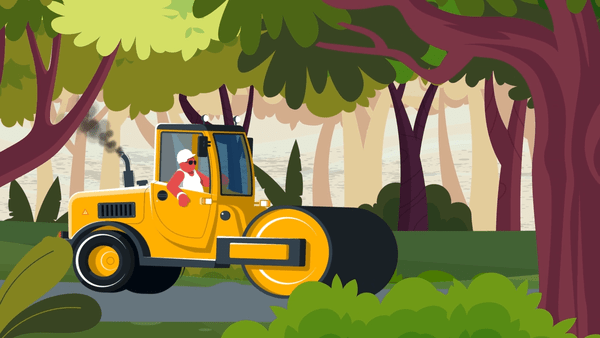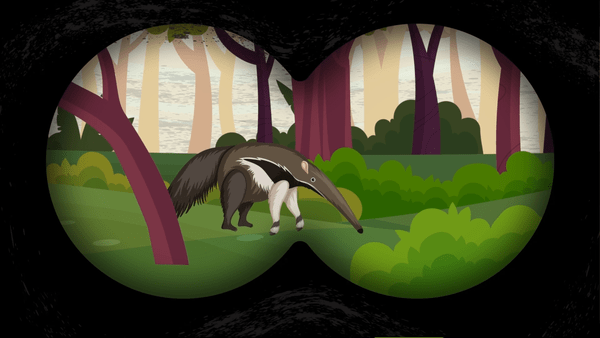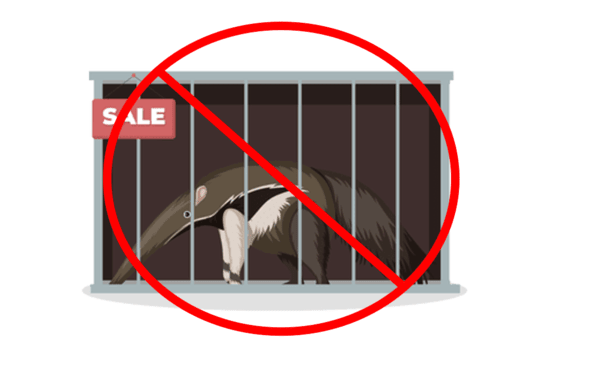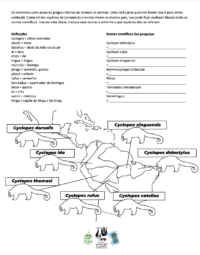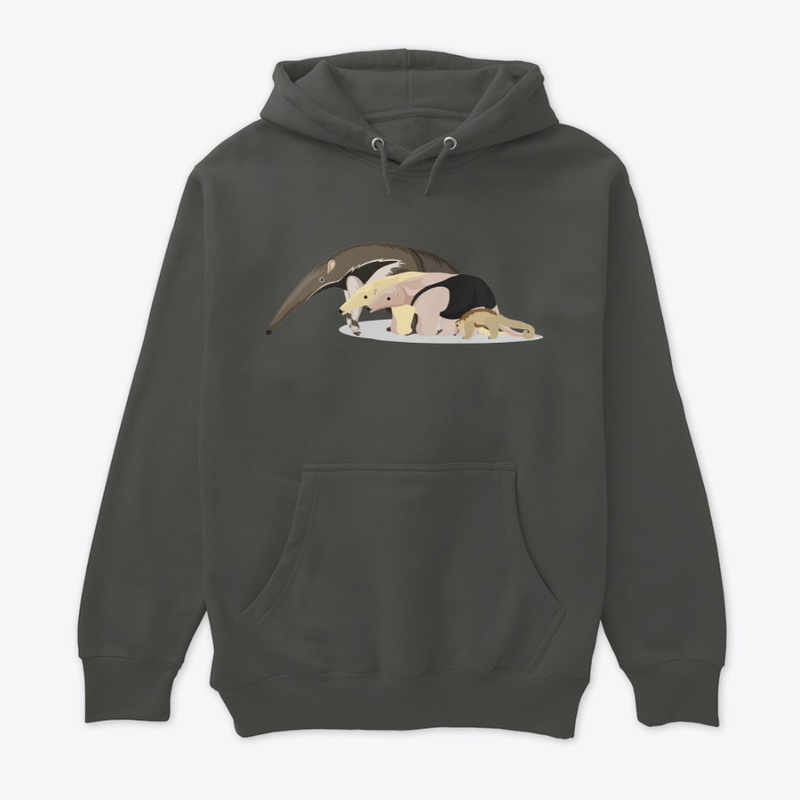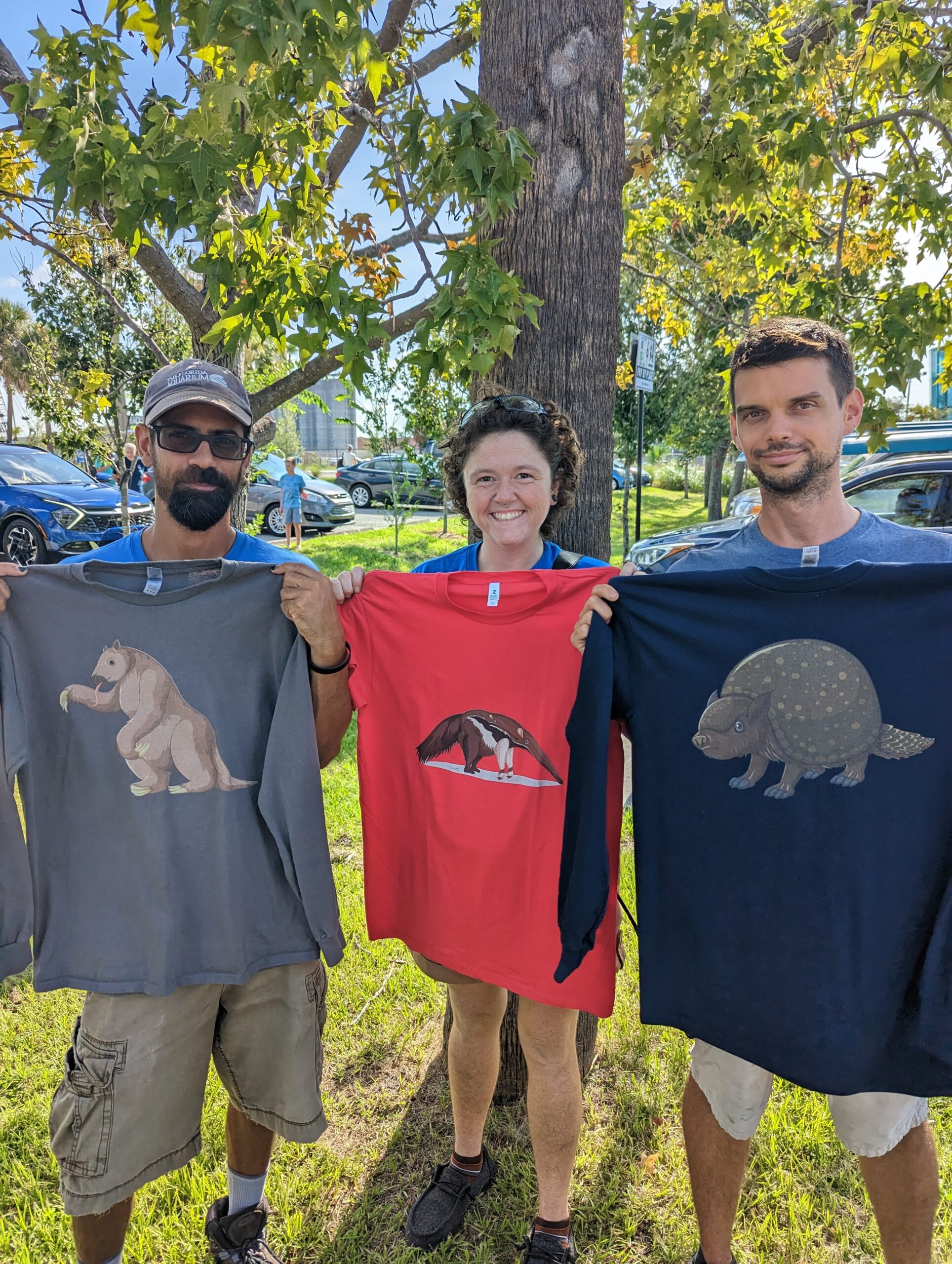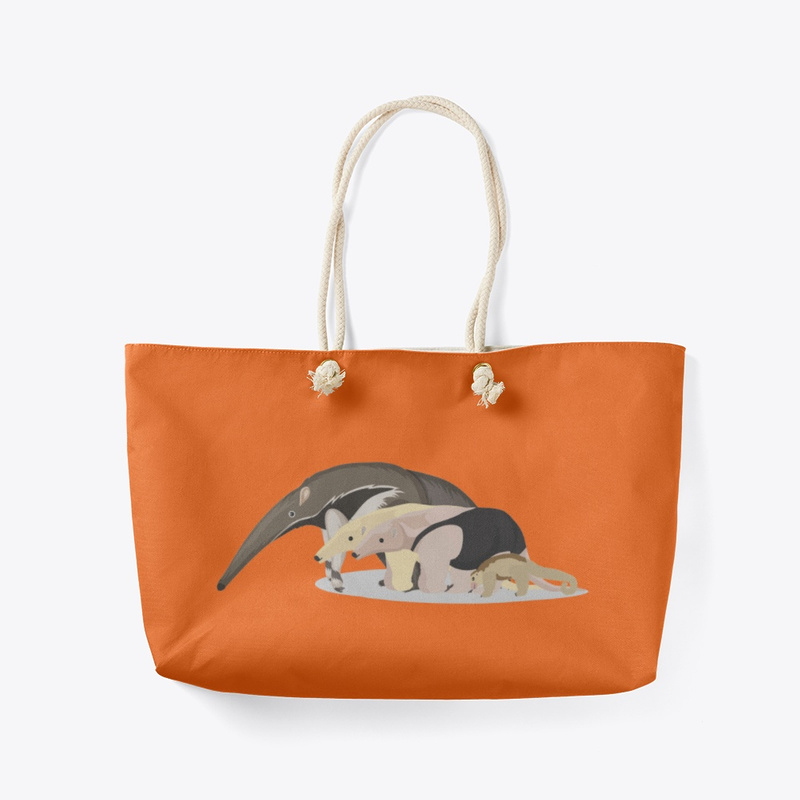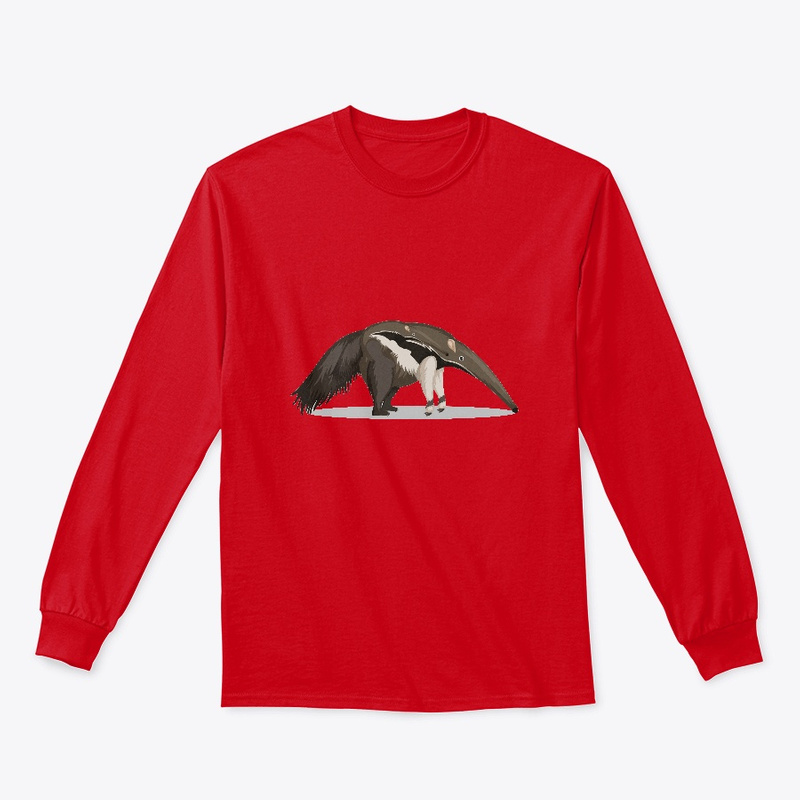
Thomas’s silky anteater
Cyclopes thomasi
Lifespan: Experts are still studying
Reproduction: Experts are still studying
Size: Estimated around 300 grams
Diet: No information is available on the diet of this species, but it probably mainly feeds on ants.
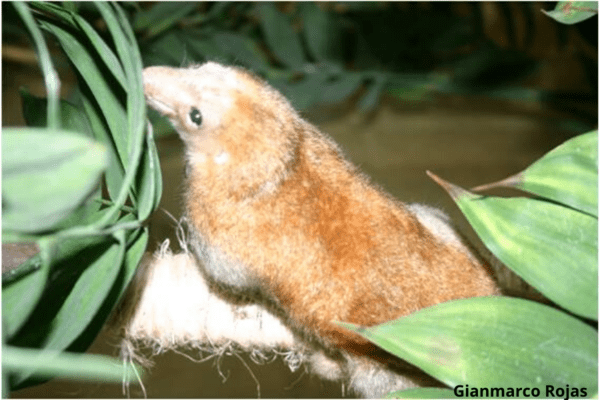
Common Names
English – Thomas’s silky anteater
Portuguese – Tamanduaí de Thomas
Spanish- Hormiguero sedoso de Thomas
How to Identify:
| Cyclopes thomasi | The fur of its body is strikingly orange to reddish brown, while the legs and tail are grey. There is no dorsal stripe, and the ventral stripe is little developed and faint. |
IUCN Red List
Species are classified into one of nine Red List Categories: Extinct, Extinct in the Wild, Critically Endangered, Endangered, Vulnerable, Near Threatened, Least Concern, Data Deficient and Not Evaluated. Vulnerable, Endangered and Critically Endangered species are considered to be threatened with extinction.

Thomas's silky anteater Facts
- Arboreal
- Nocturnal
- Toothless
- Prehensile tail
Habitat
• Tropical Forest
 Population Trend
Population Trend
• Unknown
 Threats
Threats
• Probably habitat loss
Here are some ways YOU can help keep anteaters healthy and safe:
– It is best to observe them from a distance and in silence.
– Our pets could attack them. It is important to keep your dog on a leash when you go for a walk, or keep your pets at home in an enclosed and safe area. In addition, taking care of our pets also means spaying and neutering them so that they do not breed without control.
– Anteaters love to live in the woods, keeping them as pets is not good for them. Keep in mind that they don’t like selfies either.
– If you find an injured anteater, contact a wildlife hospital so they can help it.
– If more people ate more bugs, there would be less demand for pigs and cows. Edible insects are better for the environment than large livestock.
Test your new knowledge!
Test your new anteater expertise by visiting our anteater word search, puzzles, coloring sheets and name games!
Check out this video to see how much you have learned!
The Anteater, Sloth, Armadillo Specialist Group has a store that directly helps xenarthran conservation!
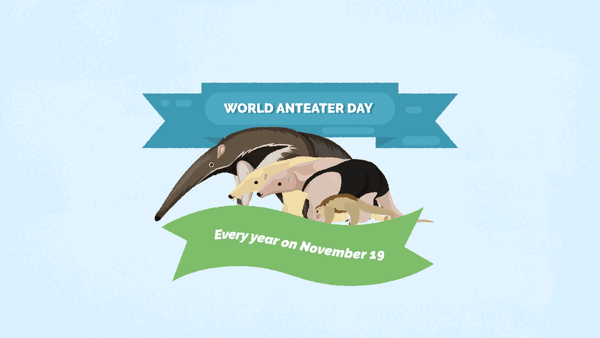
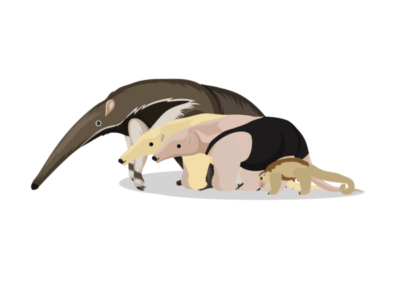

 Population Trend
Population Trend Threats
Threats